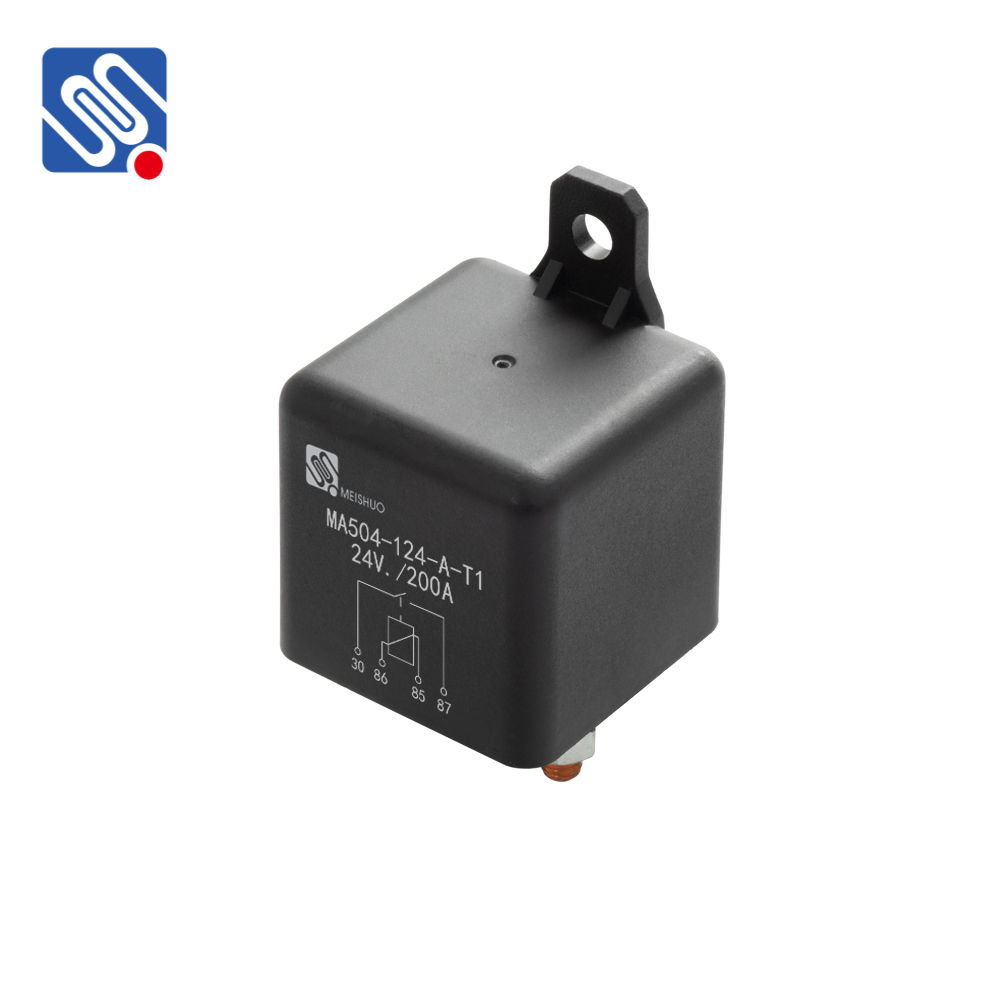Relay installation is an essential aspect of electrical systems, playing a vital role in controlling high-voltage circuits using low-voltage controls. Relays are electromagnetic switches that allow a circuit to be turned on or off by an electrical current. Whether you’re working on home automation, industrial control systems, or automotive electrical systems, proper relay installation ensures smooth operation, safety, and longevity of the equipment. This article delves into the process of relay installation, providing a detailed guide on the key steps, safety precautions, and best practices.

What is a Relay and Why is Proper Installation Important? A relay is an electrically operated switch that uses an electromagnet to open or close a set of contacts. Relays are widely used to control devices that require higher voltages or currents than the control circuit can handle. These devices are common in systems such as motors, alarms, lighting, and HVAC units. Proper relay installation is crucial for the safe and efficient operation of electrical systems. A misinstalled relay can lead to equipment failure, electrical hazards, or even fire risks. Key Components of a Relay Before diving into installation, it’s important to understand the key components of a relay: